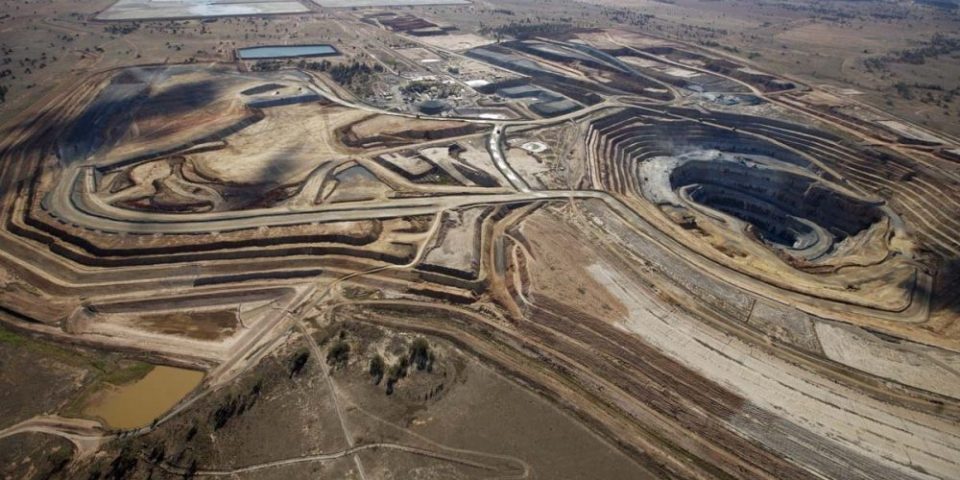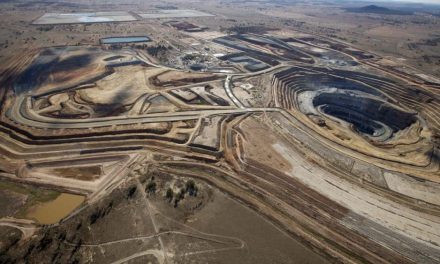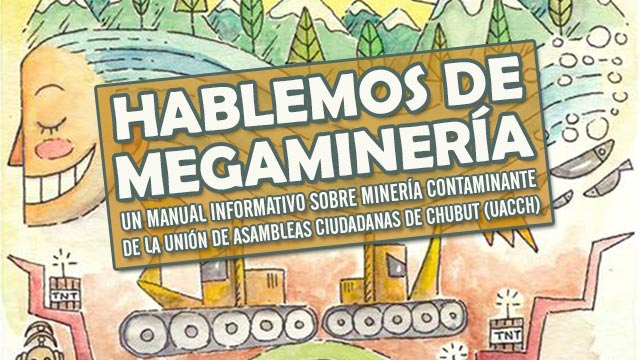Michael Werbowski
Prague, Czech Republic
January 19, 2006
In 2005, there were two notable trends in the global mining industry; the spectacular rise in gold, silver and copper prices, accompanied by a growing interest in industry activities in Latin America. Investigative reports focusing on the “dirty deeds” of big global companies such as Placer Dome, Barrick, Newmont, and Anglo American appeared in major dailies such as The New York Times. I want to focus your attention on the activities of some smaller gold mining companies in Latin America, known as “juniors.”
“Juniors” are usually “upstarts” run by venture capitalists struck with gold fever. Like the “majors” these companies are ruthlessly trampling on the rights of communities affected by mining. Their “cost effective” operations are just as damaging to the environment as those of larger rivals. Yet unlike the big players, their reputations are not at risk in the industry. If for instance a “junior's” mining bonanza goes bust they can disappear off the stock markets' radar screen for a while, change names, then reappear under a new name and restart mining operations elsewhere. This brings us to the unfolding dispute for control over Patagonia's largest silver and gold mine in Argentina's Navidad-Calatreu. The case involves IMA and Aquiline, two Canadian companies whose shares are traded on both the Vancouver and Toronto stock exchanges.
One front of the battle is located in a remote part of Patagonia on a site known as the Navidad-Calcatreu Silver and Gold mine, which straddles the Rio Negro-Chubut provinces. Ownership of the Navidad silver-rich part of the mine is being contested by the two Canadian mining firms. Aquiline, which already controls the Calcatreu gold mine site, claims it was duped by rival IMA over the true quantity of silver on the neighboring Navidad portion of the designated mining site.
Canadian Courtroom Drama
The other battlefront is in the Supreme Court of British Columbia where Aquiline's lawyers have filed a claim stating that its client was intentionally provided with inaccurate data by IMA. What makes this case so noteworthy is that Aquiline has taken IMA to court over this “inconsistency” not in Argentina, where the dispute is most relevant to the residents of Patagonia, but in Canada.
As the two companies trade accusations and recriminations, their lawyers debate over who actually owns the mine. Meanwhile, back in Patagonia a total information blackout keeps residents of Rio Negro and Chubut in the dark about this intriguing courtroom drama. The trial began in October 2005, and in December final arguments were heard. Industry insiders speculate that the two contending parties will come to some kind of gentleman's agreement in order to allay investors concerns as well as to dispel further attention to the case. Such attention might further compromise the mining sector's less than lustrous image already tainted by countless civil conflicts, environmental disasters and lawsuits filed by governments against Canadian mining perditions worldwide.
Another oddity about this case is that it is drawing minimal attention from the news media in Argentina. Until now, no mainstream media outlet has questioned why in 2005, as if in colonial times, a foreign courtroom tussle which directly affects the sovereignty and territorial integrity of the nation receives barely any coverage. Important decisions are effectively being made completely above the heads of Argentine citizens in a foreign courtroom without anyone from Patagonia to represent the residents of Rio Negro and Chubut provinces. The IMA-Aquiline Navidad case has raised another issue — who will control Argentina's rich resources in the future?
This case also seems to be overlooked in the Argentine political arena, almost as if the matter was of little consequence to elected officials. Whatever the final decision, any “just” settlement is bound to be prejudicial to the people of Patagonia, since a foreign judicial system beholden to Canadian mining interests is unlikely to care what impact it might have back in Patagonia on locals opposed to the current mining invasion. One might ask — does this case not deserve to be examined or addressed by the Argentine judicial system? Argentina, after all, is a flourishing democracy and an independent state with a functional judiciary.
Cyanide Mining Ban Ignored
On the ground in Patagonia where Navidad-Calcatreu is located, the two provinces of Rio Negro and Chubut have harmonized laws. Regionally, cyanide mining is supposed to be banned, yet both IMA and Aquiline are gingerly proceeding with drilling in preparation for a full-scale activation of the mine. This is happening because provincial authorities have neither the wherewithal, nor the technical means to enforce the ban — a weakness exploited by mining company executives. They also know that despite the ban, local authorities rely too heavily on technical data furnished by “independent” consultant firms hired by the company. Often technical reports authored by these firms contain misleading, or even deliberately distorted data designed to minimize the very quantifiable and scientifically verifiable damage to ground water and eco systems caused by cyanide mining.
There is also the question of geography, as the contested Navidad-Calcatreu site straddles both sides of the provincial Rio Negro-Chubut border. This makes provincial laws even more complicated to enforce with respect to the banned cyanide open pit mining and begs the question — why hasn't a nationwide ban been legislated on a federal level to protect the population from the harmful environmental effects of this toxic process?
Due to the lack of enforcement, the local population is forced to mount protests or enact their own “non binding” referendums to keep mining companies out of their communities, as was the case with the Canadian-owned Manhattan mine project in Tambogrande, Peru. In addition to the mining operations in Patagonia facing opposition from locals, the native Mapuche Indians are also against such projects and often join forces with the citizenry in forming a collective political force opposed to the miners and their local political cronies. In the process of granting operating licenses to mining companies, local authorities often ignore the public's concerns and leave locals “out of the loop.” However, in some instances company representatives do meet with parties likely to be most affected by the mining.
Yet such overtures are usually designed to allay locals' concerns about the negative effects mining has on human health and surrounding eco systems. These tactics are not always successful, as the Tambogrande-Manhattan minerals case in Peru demonstrated, despite enticing claims made by mining executives and government officials that many jobs would be created from mining operations.
Peruvian farmers, fearing that their lucrative fruit crops and water sources would be poisoned by chemicals used in gold extraction, overwhelmingly rejected a proposed mine on their land in a region-wide referendum. In a more serious case in Guatemala, fatalities resulted from clashes between police backed by private security forces and local residents opposed to a Canadian mine run by Glamis Gold. If these incidents are any indication, the tense stand off between mining companies and local civil society groups in Patagonia is likely to continue.
Source: WorldPress.org












